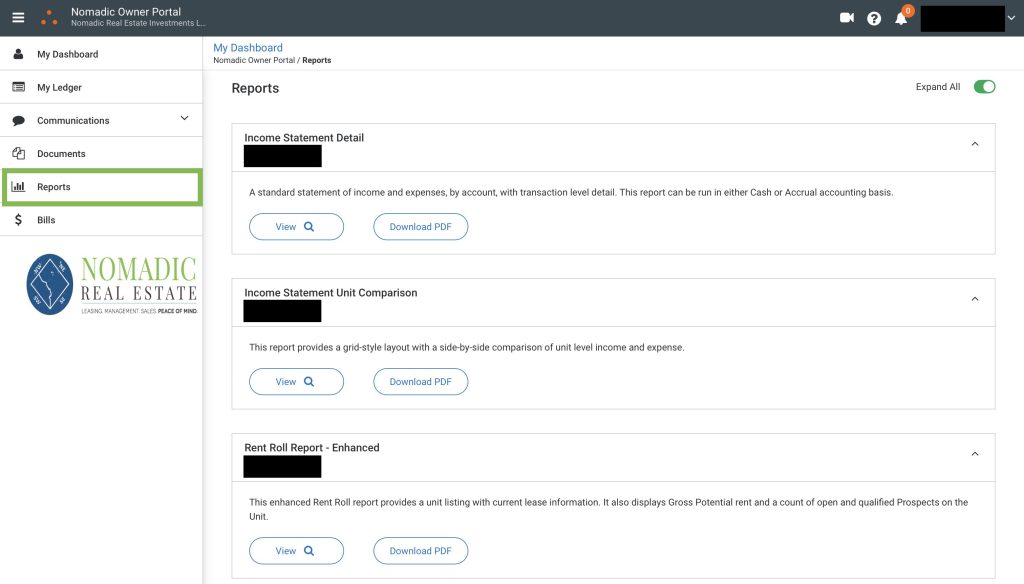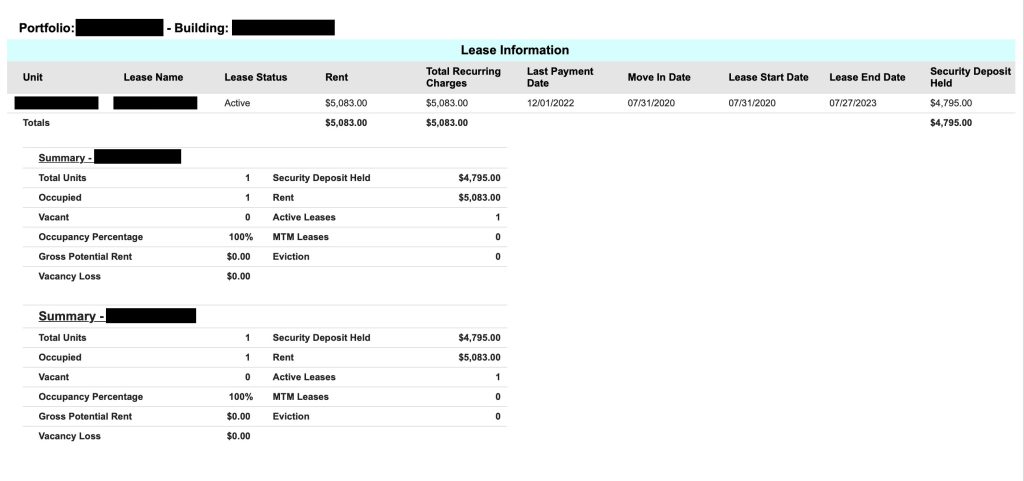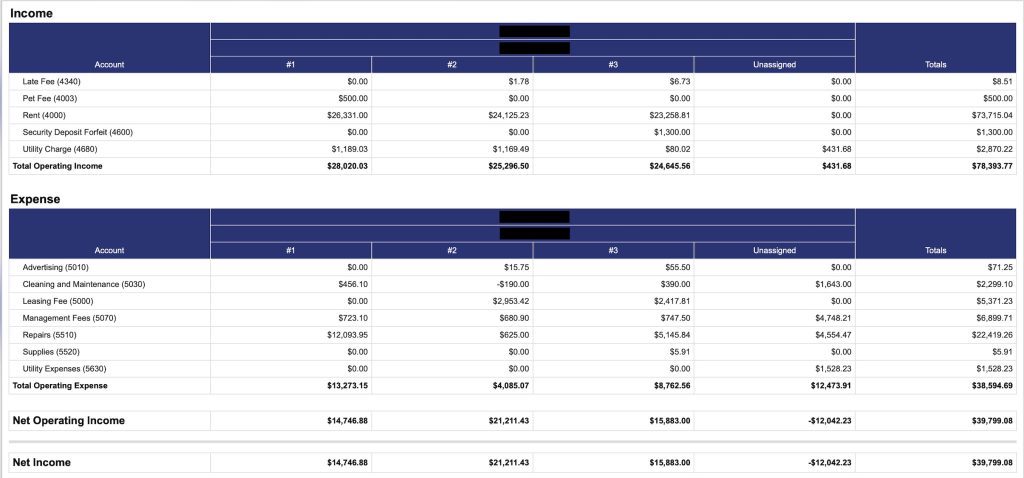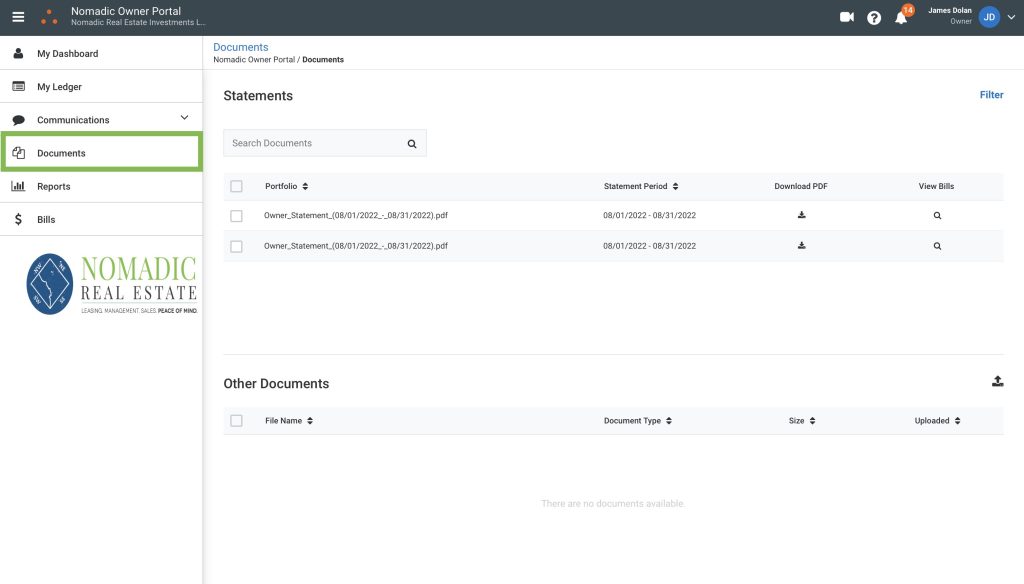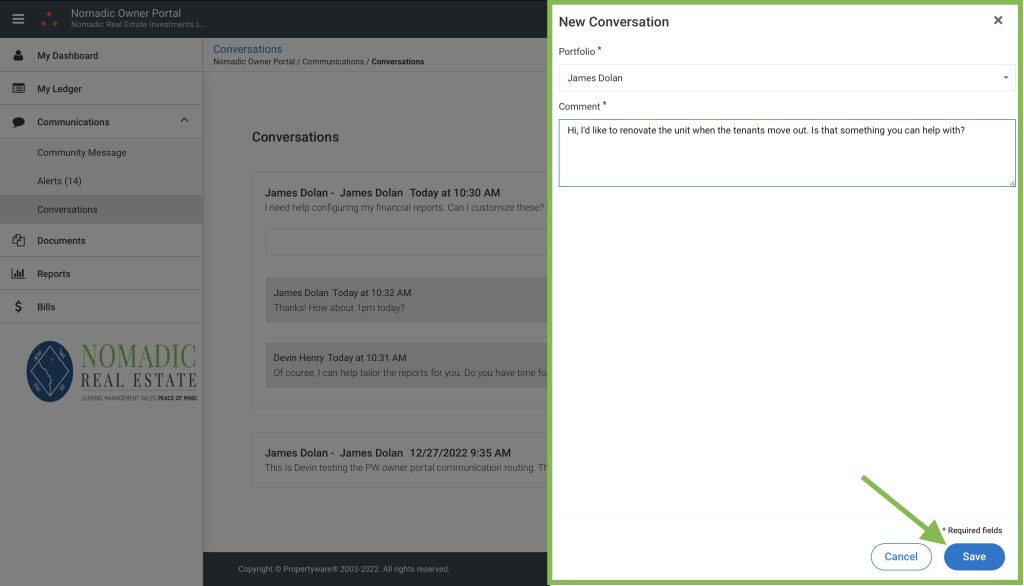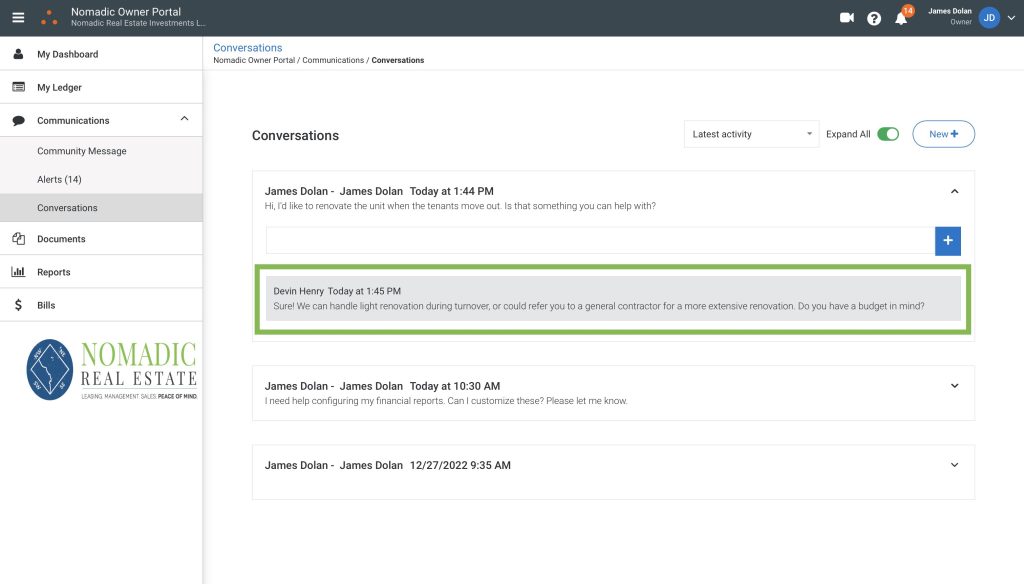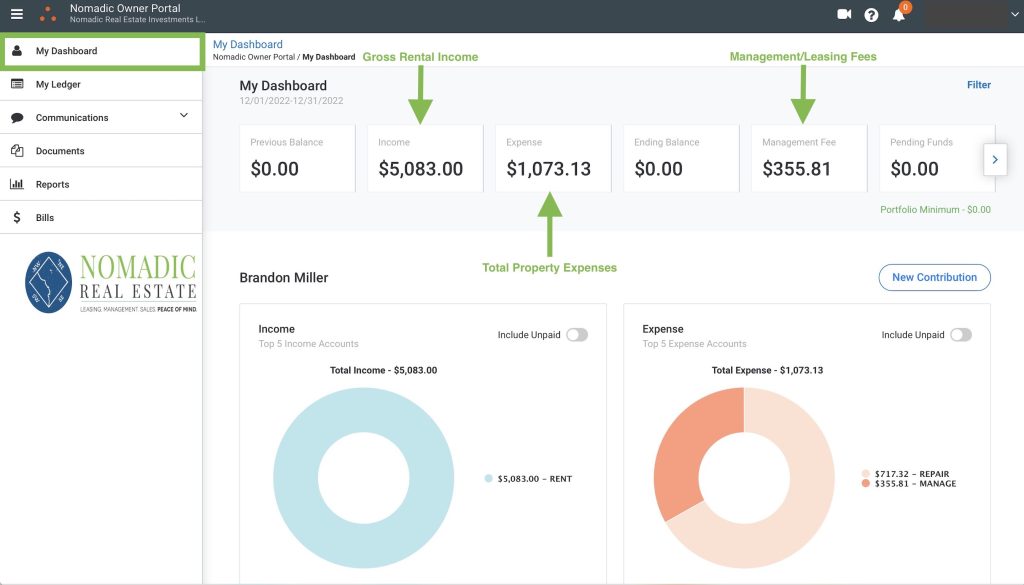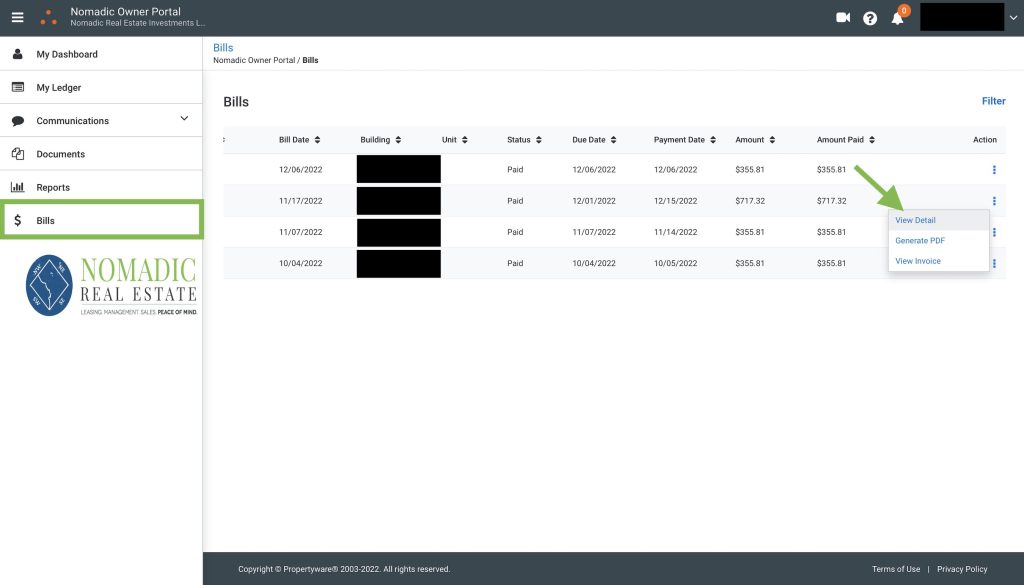
When you hear about people building wealth, you probably hear a lot about real estate investment. A lot of people who are more well-off invest in real estate, and it’s easy to see why. Real estate can be a great source of passive income if you manage it correctly.
If you’re looking at getting into real estate investing, you need to look at houses along the Yellow Line D.C. Metro. Read on to discover some of the best neighborhoods along that route to start a real estate investment in.
Why Invest in Yellow Line Real Estate
Before we start diving into neighborhoods along the Yellow Line DC Metro, let’s take a look at why you should invest in real estate in the first place. Being a landlord is a great source of passive income, a type of income that doesn’t rely on direct trade of hours for money. If you want to make it to being well-off in life, it’s important to have some good passive income sources in place.
Once you buy a place and get renters in, your work as a landlord becomes relatively minimal. If you’re managing the property yourself, you’ll need to check in on your tenants, collect rent, and do repairs and maintenance as needed. If you hire a property manager, your work level drops to almost none, and you still have that income every month.
How to Set Up a Real Estate Investment
The key to setting up a successful real estate investment is to stay within your boundaries. Make sure you’re debt-free before you go buying any homes; it won’t do you any good to set up that investment if you can’t pay off your existing debts. Then save up enough money to pay cash for the home you buy.
Try to stay in the middle of the line when you buy your rental home. You want someplace nice that well rent for a good amount, but don’t get sucked into the trap of buying something ritzy and overpriced. You want a property that will hold its value over time and will appeal to a broad spectrum of renters.
Fort Totten
Fort Totten is a great place to buy a home if you want to set up a real estate investment. The neighborhood is home to a little less than 7,000 people, most of whom rent their houses. There are a lot of families and young professionals living in the area, most of whom tend to be more liberal in their politics.
Fort Totten offers an active, urban vibe to its residents, something you can use as a selling point in your ads. There are a lot of parks, so whether your residents like to hang out in a coffee shop debating politics or run through a park, they’ll find the perfect spot for them. As of 2018, rents in Fort Totten had a median of $1,155.
Huntington
Huntington is a little bit larger neighborhood out at the end of the Yellow Line. The area is home to about 13,000 people and has been rated as one of the best places to live in Virginia. Most people there rent their homes for a median price of $1,726 each month.
Huntington is a little denser than Fort Totten but offers the same urban feel. The area is very diverse and well-educated, with a majority of the residents having some sort of advanced degree. The neighborhood is also relatively young, populated by mostly people between ages 25 and 44.
King Street
King Street is a relatively small neighborhood on this list, home to less than a thousand people. The area is in Alexandria, Virginia, and shares the same stellar reputation as Huntington. There are tons of coffee shops, restaurants, and parks around the area to keep your residents busy.
All of the residents on King Street rent their homes, so this is an ideal place to set up your rental investment. The neighborhood is made of mostly educated young professionals, so you’ll have a good group of potential renters. And if you can afford to pay cash for one of those homes, you can make a little more off the median $2,179 monthly rent.
Crystal City
Crystal City is both a study in contrasts and a neighborhood with a place for everyone. It has towering skyscrapers, quiet residential neighborhoods, and an amazing food scene. There are concert series and afternoon book discussions and beautiful places for jogging.
There are about 22,000 people living in this neighborhood, most of them young working professionals. Most of these people rent their homes, and the average rent is right around $2,000. Most apartments in this area are one-bedroom units, so if you’re looking to buy something, look for either one small home or a building housing a lot of smaller apartments.
Gallery Place
Gallery Place is a neighborhood in DC’s Chinatown, and it’s something of an urban retail destination. The neighborhood is packed with shops, restaurants, bars, and entertainment venues. Both the Washington Wizards and the Washington Capitals play in the Capital One arena in the heart of Chinatown.
Most of the 3,000 residents of the Chinatown and Galley Place neighborhood are working professionals. A little over half of them rent their home for around $2,500 a month. Investing here will require more money upfront, but it can be well worth it if you can afford it.
Find a Place on the Yellow Line DC Metro
Real estate investing is one of the smartest choices you can make if you have the funds to make it work. And investing along the Yellow Line D.C. Metro can be a great way to get properties that renters are going to want. Find a neighborhood that works with your financial need and start making income without lifting a finger today.
If you’d like to find the perfect property to invest in, come see us at Nomadic Real Estate. We can help you with leasing, management, sales, and peace of mind. Contact us today to find the perfect spot to start your real estate investment.










